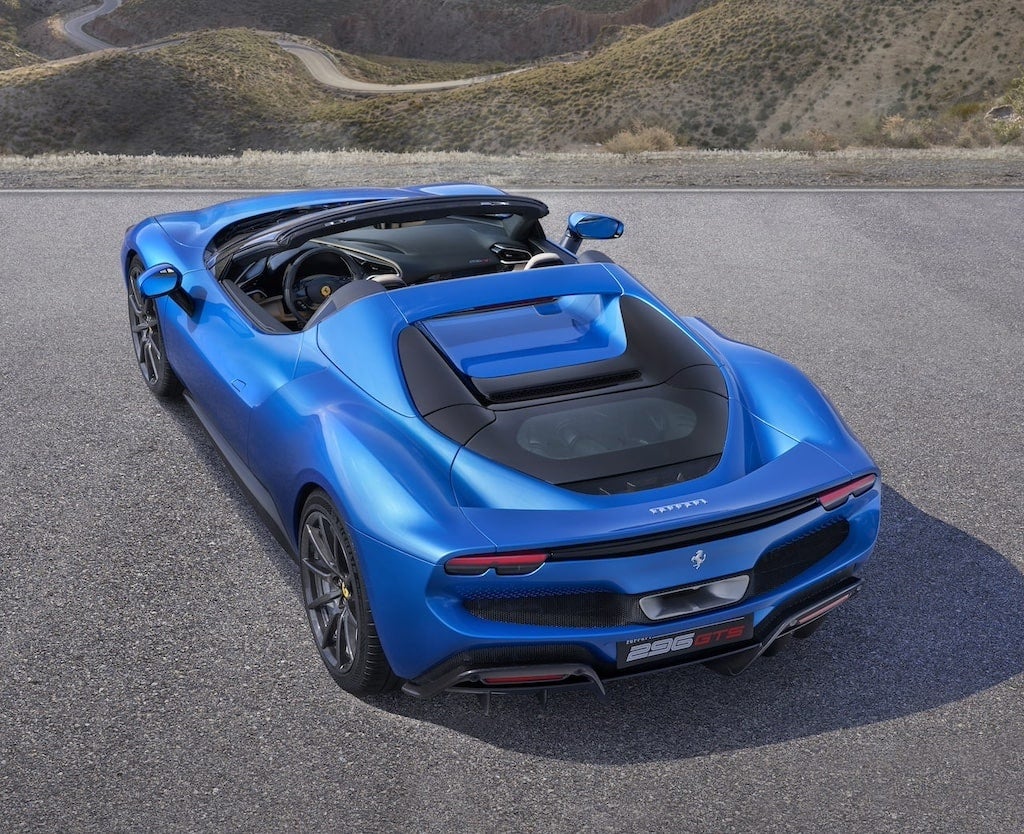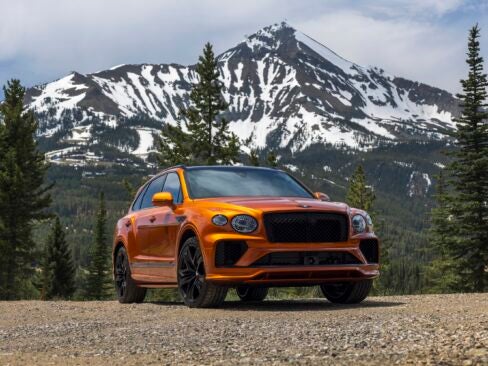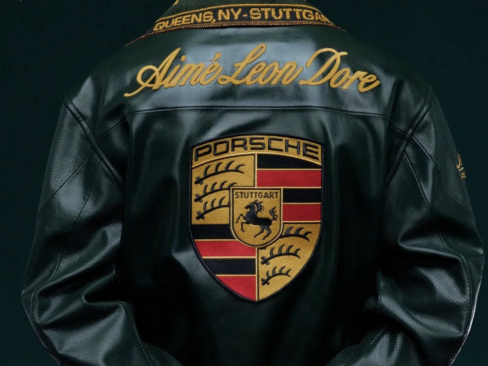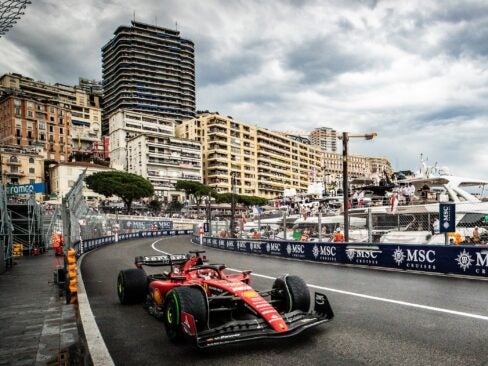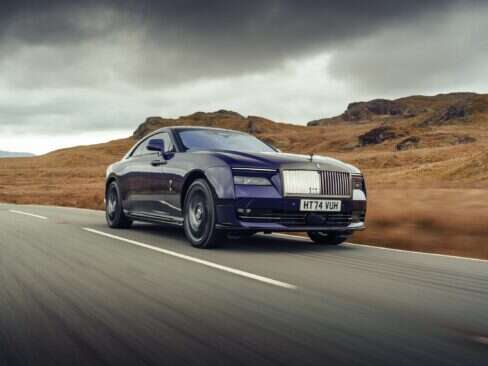For the first century of automotive history, buying a convertible required making significant trade-offs in the name of top-down driving. Originally, open-topped horseless carriage drivers simply accepted the fact that weather might ruin a drive. Then, retractable cloth-top convertibles entered the marketplace, but required significant physical effort and patience to actually put the top up or down. The introduction of Targa tops helped to ameliorate concerns about bad weather somewhat, albeit with fabric flapping in the wind and performance reduced due to additional weight and reduced rigidity — but Targas never quite caught on for most mainstream automakers, let alone supercars.
Entire decades would pass before automatic convertible tops made pushing a button to open and close the roof possible. But in the modern era, luxury and performance automakers have innovated new ways to improve the entire concept of living with a convertible, including hardtops that fully retract in seconds and soft-tops built with insulation against sound and water ingress, even so-called ‘air scarves’ that help keep exposed passengers warm and cozy.
[See also: Allocations Open for Naran’s $2m Bespoke Hypercar]
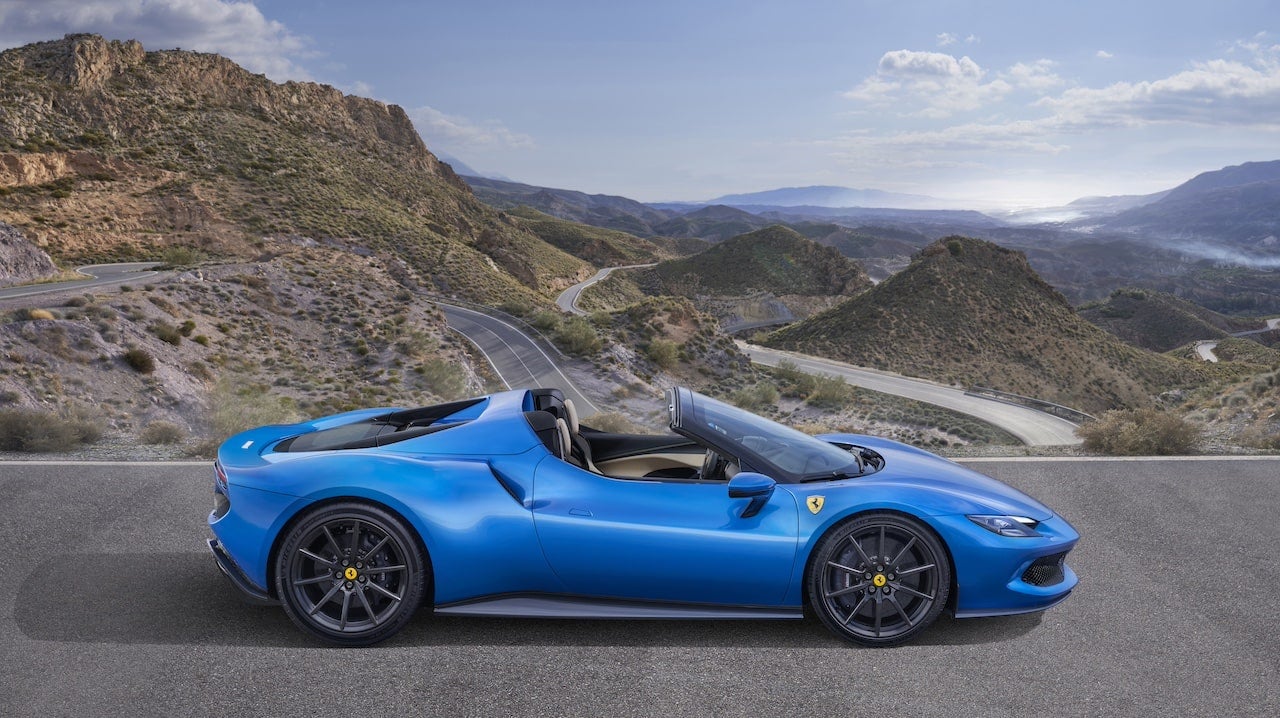
Using miracle materials like carbon fiber and aluminum alloys also helps automakers save weight, while reinforcing chassis engineering enough to support the use of convertible tops on performance vehicles without ruining driving dynamics. And the use of computational fluid dynamics software allows for optimized aero designs to prevent wind from entering the passenger compartment when the top is down. Retractable hardtops can even employ photochromic technology to seemingly change glass into a solid panel with nothing more than the click of a button, thereby bridging the gap between a fixed roof, a panoramic sunroof and the full open-top convertible experience.
Each automaker’s unique vision for top-down driving differs slightly, but selecting the best convertibles on the market today no longer requires making sacrifices. Instead, the choice between a retractable hardtop or traditional soft-top really only comes down to personal preference of how much sky to let in while out for a casual cruise or a spirited weekend canyon run.
Ferrari 296 GTB
On the more radical side of the current convertible market, Ferrari recently debuted a new spider version of last year’s 296 GTB (the ‘B’ standing for ‘Berlinetta’ or hardtop). Now known as the GTS, the new model still sports the same raucous twin-turbocharged V6 paired with a plug-in hybrid system to produce an almost unbelievable 819 hp. Originally built for model year 2023, the GTB set multiple records as the quickest rear-wheel-drive production car ever, all in a retro-futuristic package reminiscent of the 1970s-era Dino.
[See also: Three High-end Pickup Trucks Bringing Speed and Practicality]

In either form, the 296 serves as a purposeful reference to Ferrari’s original V6, engineered by Enzo Ferrari’s own son, Dino — and though this supercar can be considered something of a descendant of the Prancing Horse’s original hybrid, the LaFerrari, it’s anything but dated. A low and lean design doesn’t mean the 296 GTS gives up much in the way of comfort while prioritizing all-out speed. Instead, softening up the suspension via the F1-inspired ‘Manettino’ dial on the steering wheel results in a surprisingly mellow ride quality that belies the potential lurking beneath such sensuous, sculptural styling. The new retractable hardtop, meanwhile, adds only 154 lbs versus the solid-roofed GTB , and the roof panel can open or close in 14 seconds at speeds up to 28 mph.
Pushing the 296 GTS at higher speeds on public roads quickly becomes an exercise in questionable legality, but even restrained performance driving reveals how well Ferrari set up the convertible’s chassis. Somehow, the steering delivers quite possibly the most intuitive and communicative electrically assisted feel possible, while the front-to-rear balance perfectly supports hard braking, aggressive cornering and generous applications of power simultaneously. And despite the sobering power stats or eye-catching design, this convertible remains easy and safe enough for just about any driver of any experience level to simply jump in and enjoy without concern for losing control.
A small rear window in the 296 GTS also rolls down to allow engine noises to enter the luxuriously appointed cockpit. But the biggest benefit of the most powerful plug-in hybrid on the market today involves keeping that exhaust note and those turbo sounds to a minimum, since the 296 GTS can run in full EV mode for up to 15 miles of claimed all-electric range — allowing owners to enjoy the full Ferrari experience without imposing on neighbors while firing up a cold engine on early mornings.
Ferrari 296 GTS from $372,000, ferrari.com
McLaren 750S
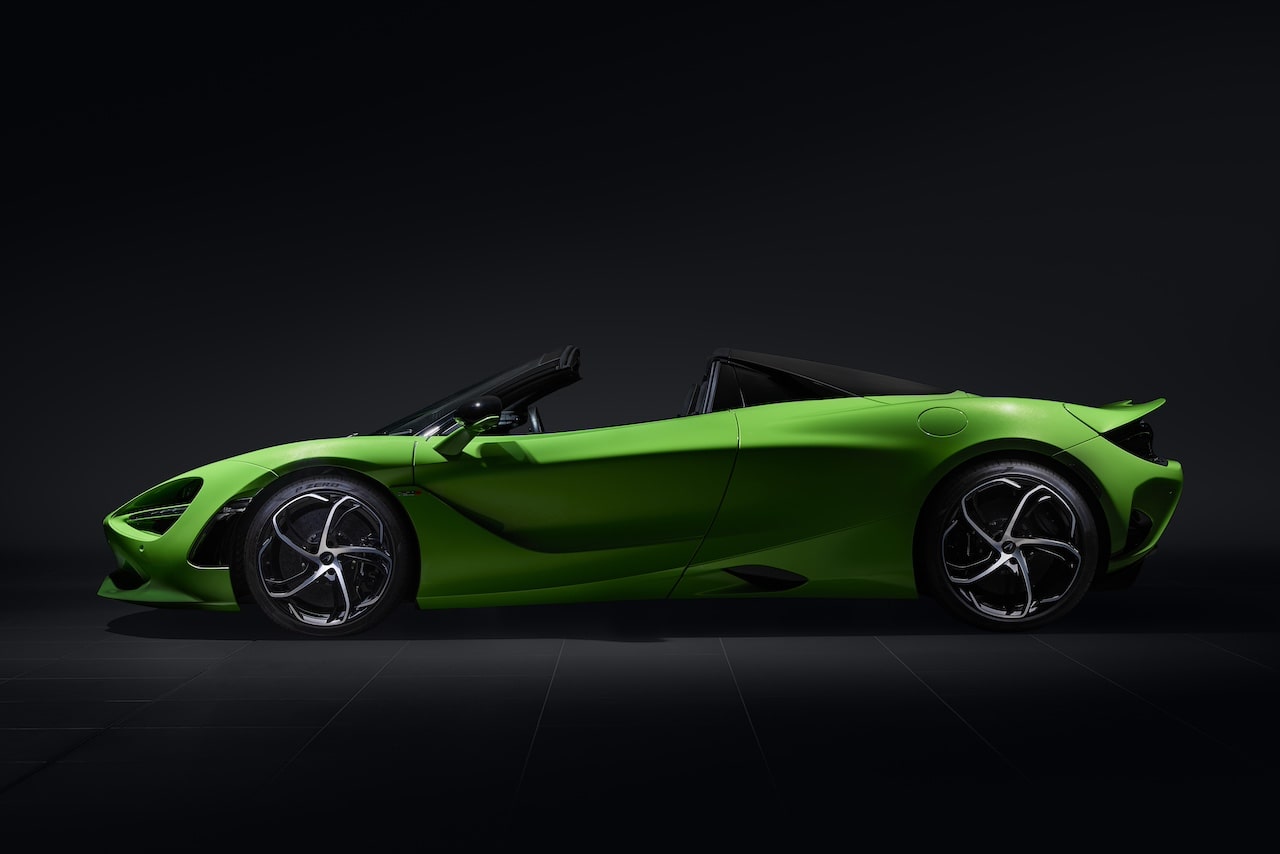
McLaren took the supercar world by storm with the 720S in 2017, and now the supremely capable sprinter receives a stellar upgrade for model year 2024. Design cues on the exterior that hint at big changes beneath the skin run from a smoothed-over nose to tidier side aero lines and buttressed engine air intakes flowing back toward a unified central exhaust port.
Now known as the 750S, thanks to a not- not-insignificant bump up to 740 hp, the 30% new model’s most important revisions make driving this supercar daily a much more realistic proposition. Softer springs in the front, improved brake pedal modulation, new steering gear and more sympathetic tuning of the hydraulic suspension system all help to tone down the formerly race car-esque McLaren experience.
Until called upon, anyhow, because with the gas pedal floored, the 750S can still rip out a 0-60 mph sprint in just 2.7 seconds or dart around a racetrack with some of the greatest cars ever built. The new brake setup produces absolute confidence while approaching a corner, and putting only slight muscle into the revised steering starts to haul the 750S through apex, where the mid-engined layout truly shows its worth.
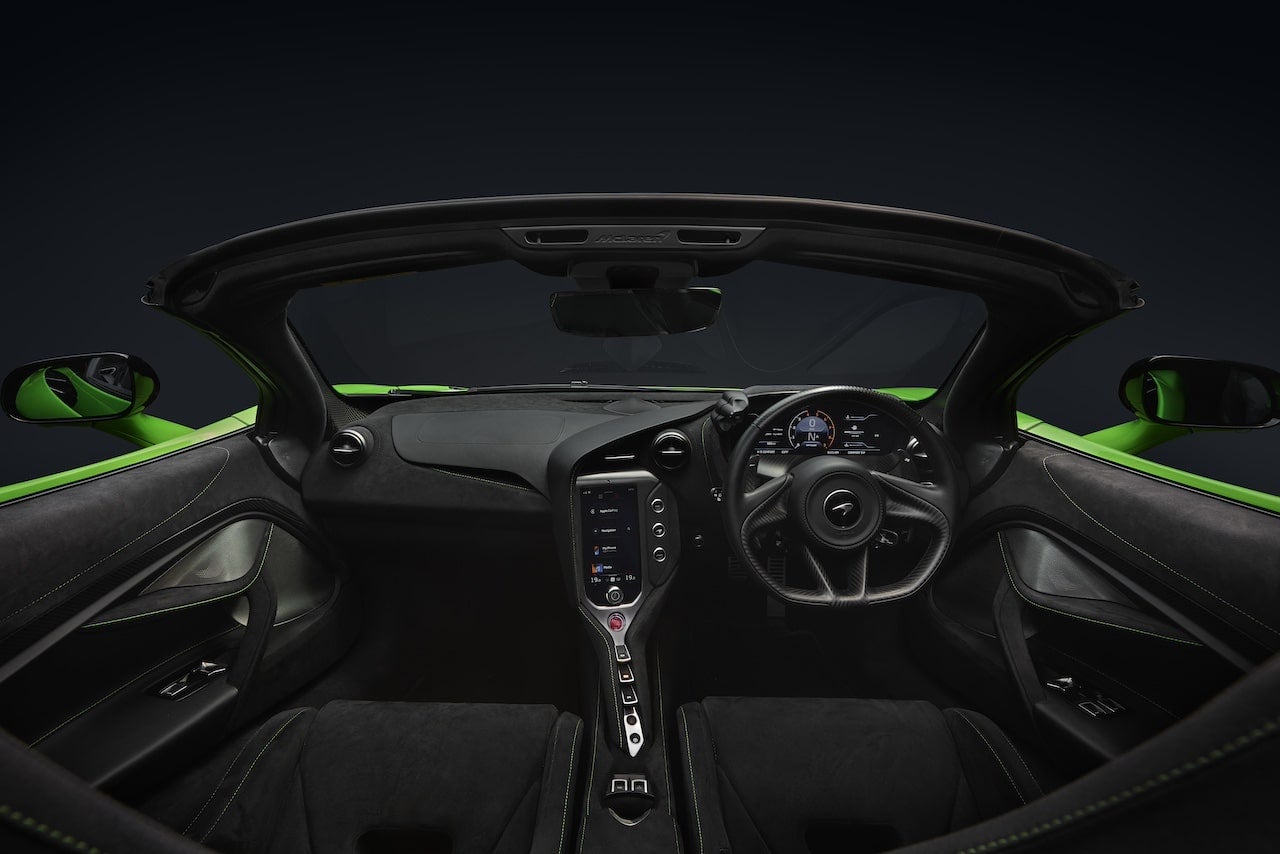
Then, easing back into throttle brings the rear tires to life, exhaust crackling and popping as the twin-turbo V8 rears up towards redline, shifting through gears with surgical precision. Few cars of any era have ever managed to achieve such sublime levels of subtle engagement, much less within the confines of a modern convertible that marks a major step up in terms of creature comforts.
Best of all, McLaren again worked the typical weight-saving magic that made the firm’s Formula 1 team legendary in the first place, so opting for a 750S Spider equipped with a retractable hardtop only adds 108 lbs to the svelte supercar’s curb weight. The top can retract in just 11 seconds, at speeds of up to 31 mph, and for those inevitable drives when the weather turns sour, the 750S also features a small rear window that can roll down to prevent water or snow intrusion while allowing the spellbinding exhaust roar and rush of spooling turbos to echo through the modernized cockpit.
McLaren 750S Spider from $345,000, mclaren.com
Aston Martin DB12 Volante
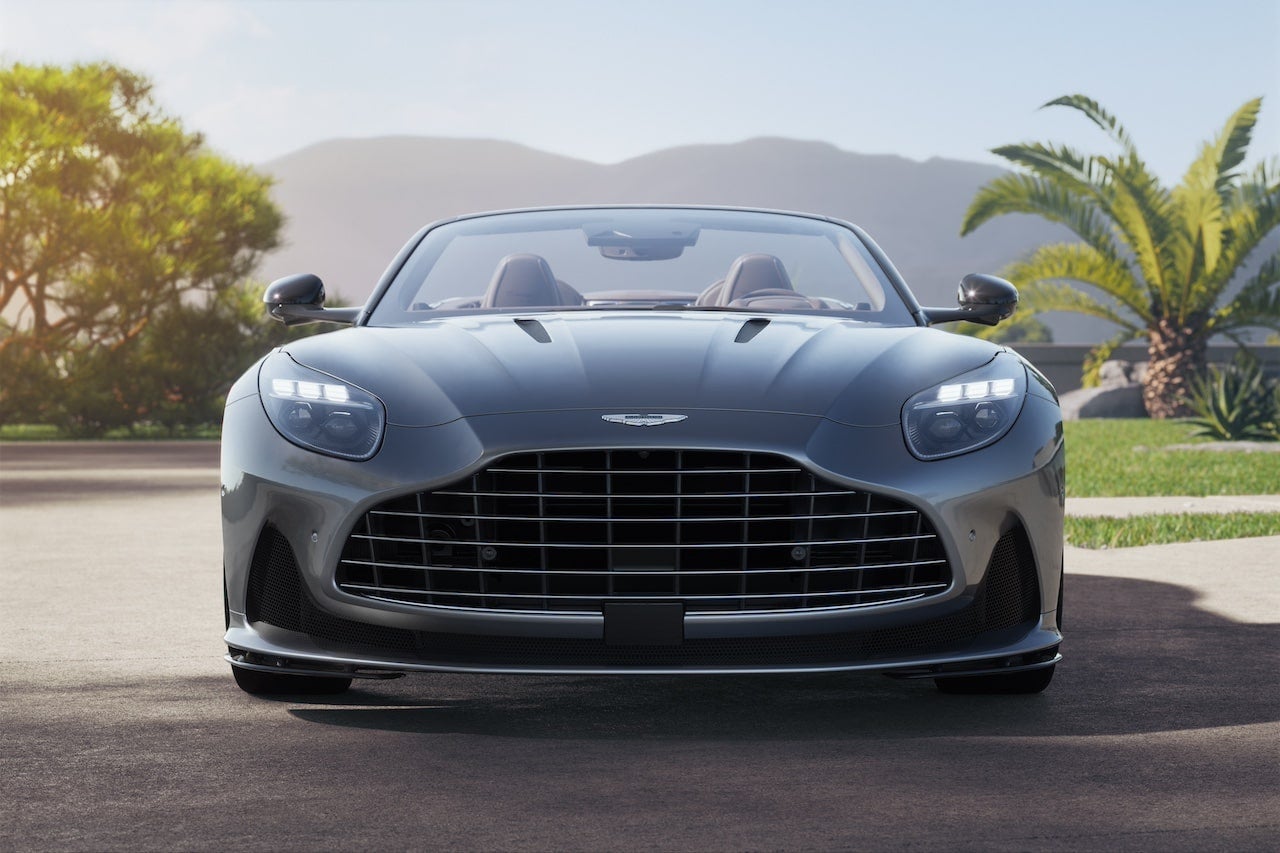
In something of an ironic twist of fate, Aston Martin’s venerable DB loses a V12 engine option for the new generation — which is dubbed DB12. Blame the lamentable change on emissions regulations or fuel economy legislation, but Aston sure compensated by turning the twin-turbo 4.0L V8’s wick up to an unbelievable 671 hp. That’s a good chunk of almost 150 ponies gained versus the outgoing V8-powered DB11, and even 41 more than a DB11 equipped with the V12.
The DB12 harnesses so much power smoothly via a taut suspension setup, which allows for just enough body roll to prevent discomfort on rougher roads while supporting stability at the kinds of breathtaking pace that this big two-door can manage.
Aston Martin believes the DB12 Volante ushers in a new automotive category: the super-tourer, which pairs supercar performance with the style and opulence of a traditional grand tourer. Behind the wheel of a DB12, the term certainly feels fitting, as the combination of power, style and comfort reaches levels never conceivably combined in the past. Optioning the Volante, which translates to ‘convertible’ in Aston Martin’s historical parlance, adds around 244 lbs of weight. But the suspension and power combine to mask the resulting, healthy curb weight of 3,960 lbs.
[See also: Aston Martin Residences: “We Want to Redefine Miami’s Skyline”]
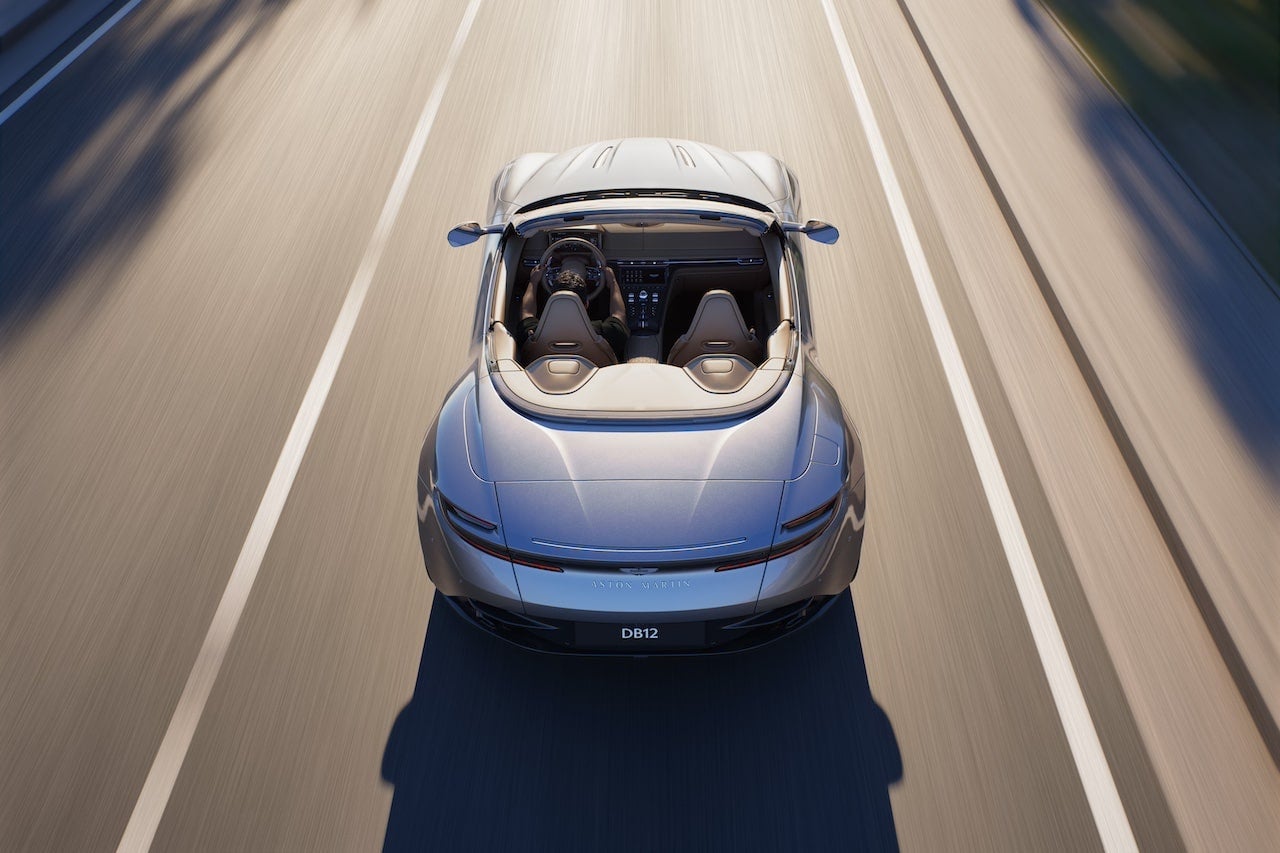
The added heft never detracts from the DB12 Volante’s spirit, though, instead lending a sense of substantiality to any driving scenario. Willowy lines on the exterior express the super-tourer ethos, from the front grille to the almost voluptuously muscled haunches at the rear. Impeccable design and materials within the cockpit further enhance the aesthetic, including porous wood trim and immaculately upholstered leather that cozily snugs passengers into otherwise firm yet spacious seats.
There’s plenty of headroom beneath the thickly quilted soft-top, but on nice days or even cool nights, the entire length of the roof can lay back in just 14 seconds or close in 16 seconds, at speeds of up to 31 mph. And despite the low roofline and raked windshield, the DB12 Volante manages to prevent the excessive wind buffeting that can often make driving convertibles from other automakers significantly less enjoyable.
Aston Martin DB12 Volante from $309,886, astonmartin.com
And one for comfort…
Bentley Continental GTC Azure
The Bentley name always brings to mind luxurious touring cars, but don’t forget the marque’s historical racing success in the nascent years of motorsport. James Bond even drove a Bentley in the original Ian Fleming novels, though the film series swapped in Aston Martins — and then a brief fling with BMW (all Bond’s flings are brief, after all). Today, Bentley’s Continental GTC Azure carries on the stately demeanor typical of a preeminent British coachbuilder in convertible form. The Azure can still come equipped with a W12 engine, but the twin-turbo V8 produces unbelievable amounts of low-end shove even while easing into the throttle, as seemingly endless depths of power burble out of the throaty quad-tipped exhaust pipes.
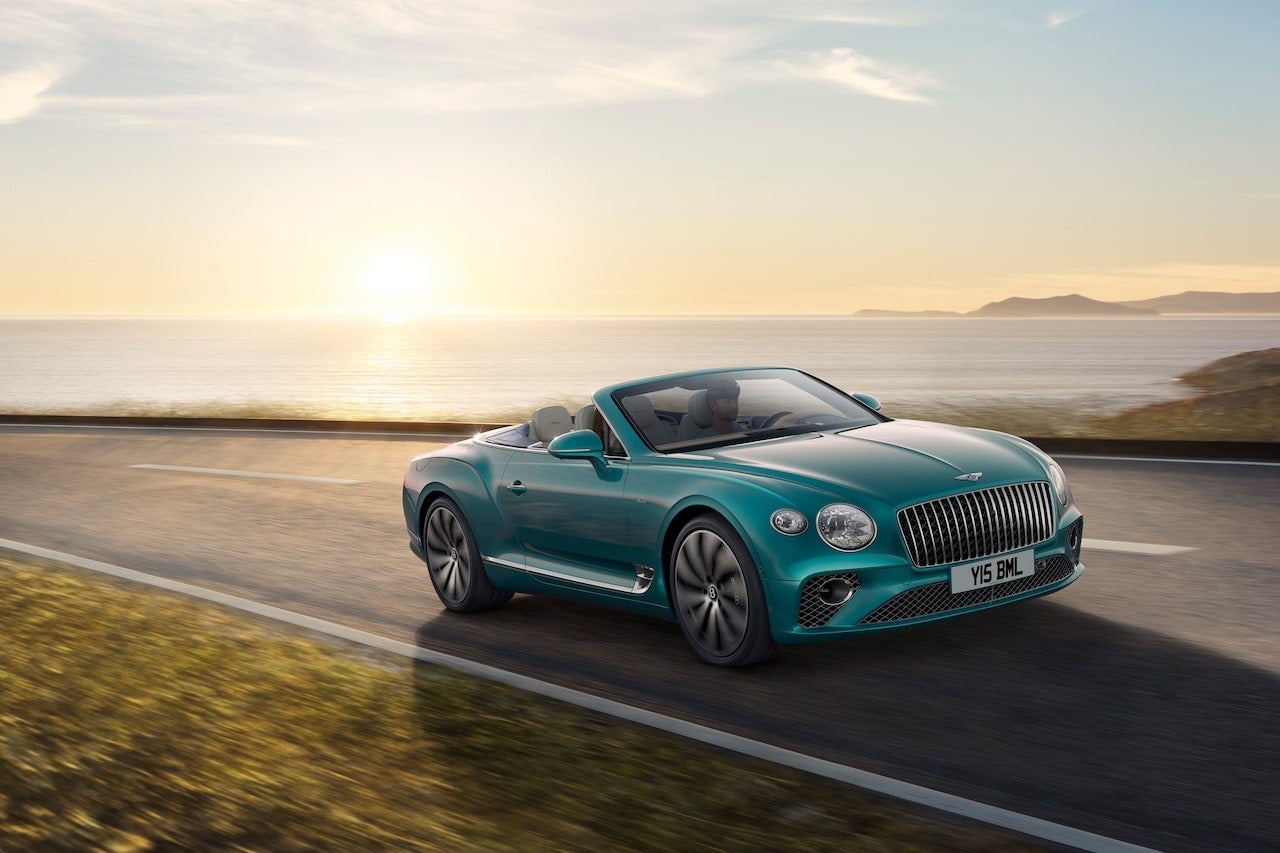
Dropping the Azure’s soft-top only enhances the 4.0L’s soundtrack while rushing to 60 mph as quickly as 3.9 seconds, despite a curb weight of well over 5,000 lbs. Of course, doing so anywhere near the top speed of 198 mph is probably not the greatest idea so, much like other manufacturers, Bentley restricts the convertible top’s operation to speeds of only 31 mph. At a more reasonable pace, the Continental’s sporting heritage shines through, too, as all-wheel-drive handling and adaptive air suspension help to produce stunning dynamics, in both a straight line and through tighter corners than might ever seem possible.
Still, truly the very definition of grand touring shines as the Azure’s happy place. Rough roads smooth out, speed bumps absolutely vanish and the stresses of traffic simply evaporate from within a Bentley. Just lay the top back, nestle into some of the most comfortable seats ever made and enjoy the warm air scarf while trying not to fiddle endlessly with the tactile details smattering the dash, from the textured inner door handles to eminently satisfying climate control stalks. At every touchpoint, the Azure proves how much Bentley’s 105 years of expertise come together to create a serene and silky ride quality that most luxury automakers can only hope to imitate, but never quite replicate.
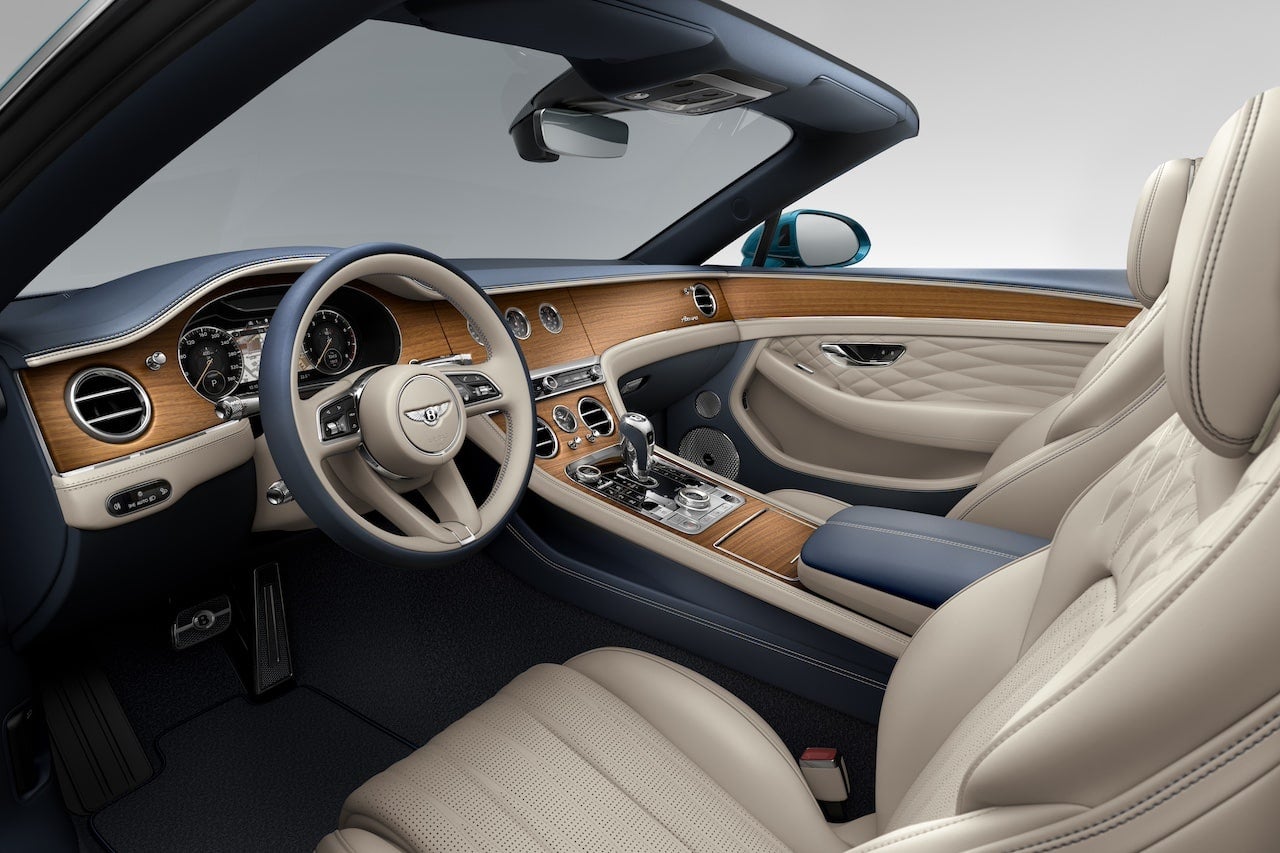
Bentley Continental GTC Azure from $311,000, bentleymotors.com





